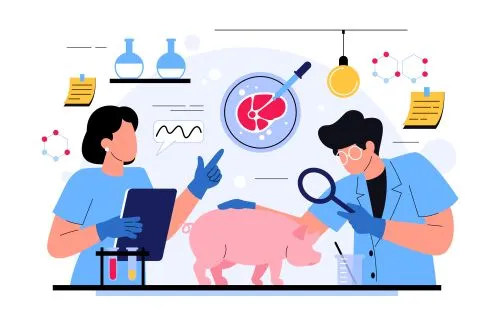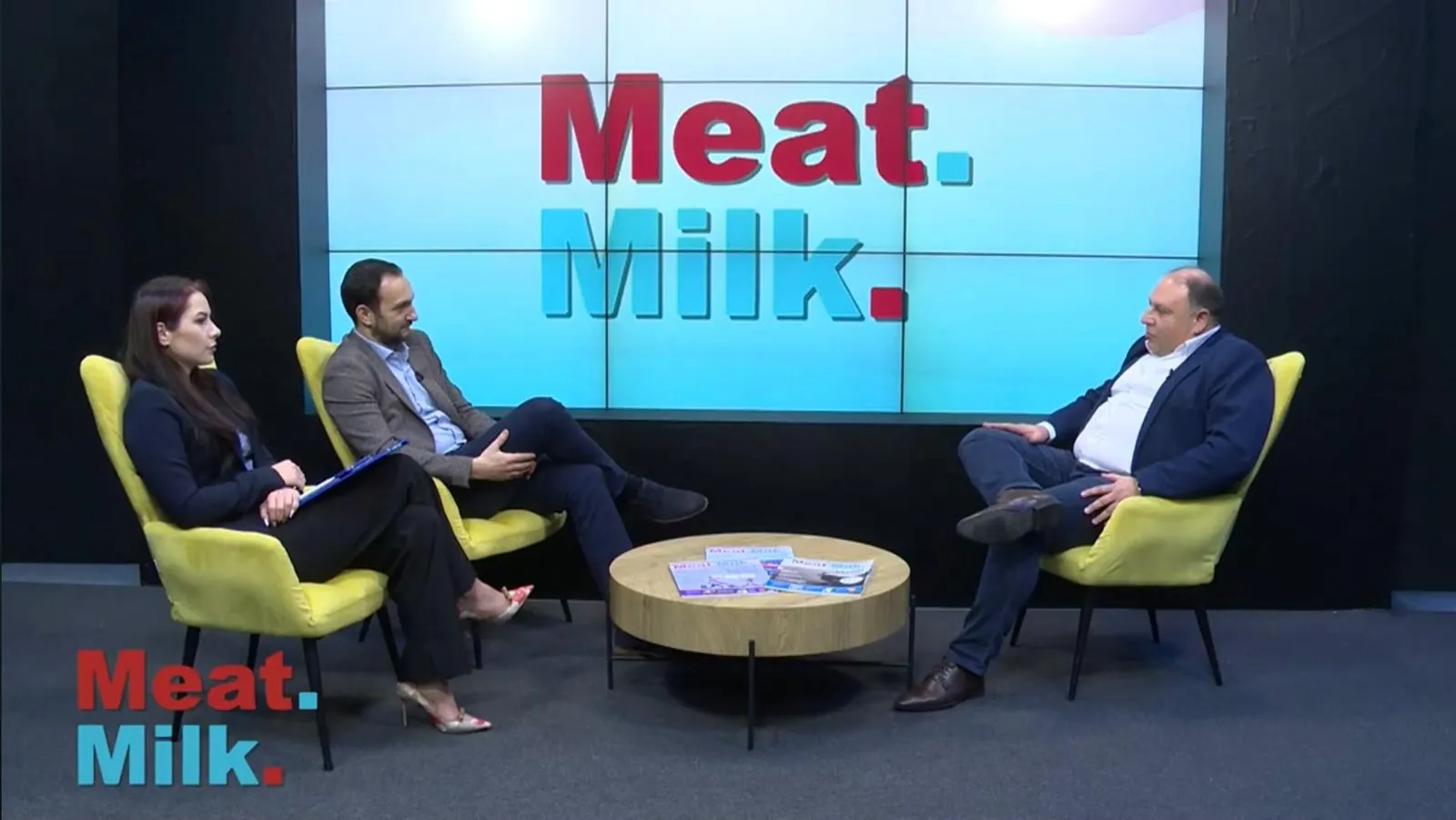1028

Agriculture and rural life in America underwent an extraordinary transformation in the 20th century. At the beginning of the 20th century, agriculture was intensive and took place on a large number of small, diversified farms in rural areas, where over half of the U.S. population lived. These farms employed nearly half of the U.S. workforce, along with 22 million working animals, and produced an average of five different commodities, as stated in a presentation by the U.S. Department of Agriculture.
Increasing Efficiency
On the other hand, the 21st-century agricultural sector is concentrated on a small number of large, specialized farms in rural areas, where less than a quarter of the U.S. population lives. These highly productive and mechanized farms employ a small fraction of American workers and use 5 million tractors instead of horses and mules from previous times.
As a result of this transformation, U.S. agriculture has become increasingly efficient and has contributed to overall economic growth. Production from U.S. farms has increased dramatically, allowing consumers to spend a decreasing portion of their income on food and freeing up a large portion of the population to enter non-agricultural occupations that have supported economic growth and development.
As part of the transformation driven by technological innovation and changing market conditions, production agriculture has become a smaller player in national and rural economies. While the broader food and agricultural sector continues to play a strong role in the national economy, agriculture has progressively contributed a smaller share of the gross domestic product (GDP) and employed a smaller share of the workforce throughout the century.
During the same period, the proportion of the U.S. population living on farms has also decreased, as well as the central role of agriculture in the rural economy. While agriculture-dependent states once comprised the majority of the rural economy, only 20% of them were considered agriculture-dependent in 2000. The modified role of agriculture in the overall economy reflects changes at the farm and household level.
Since 1900, the number of farms has decreased by 63%, while the average farm size has increased by 67%. Farming operations have also become increasingly specialized, from an average of about five commodities per farm in 1900 to about one per farm in 2000, reflecting the production and marketing efficiency gained through focusing on fewer commodities, as well as the effects of policies on farm prices and incomes, which have reduced the risk of relying solely on profits from one or a few crops.
All of these changes have taken place without any variation in the amount of cultivated land. Farm households have adapted as dramatic increases in productivity have reduced the need for farm labor and alternative employment opportunities have developed in nearby rural and metropolitan economies.
Workload
Although measurements of off-farm work and income have varied over the century, making comparisons over time difficult, about one-third of farm operators worked off-farm for at least 100 days in 1930 (the earliest such data are available).
By 1970, more than half of farms had off-farm income, and by 2000, 93% of farms had off-farm income.
Off-farm work played a key role in increasing farm household incomes; while farm household income was once below the national average, in 2002 it exceeded the national average by nearly $8,000.
Consumer influence
Consumer influence in agricultural production has also increased over the years as consumers have become more time-pressed and more affluent, creating new pressures on the agricultural sector.
Demand has shifted toward products that meet convenience, ethnic, and health-based preferences, while efforts to meet these new demands have led to new relationships between food manufacturers, processors, and retailers.
Contracting and vertical integration for supply and quality control, as well as the development of high-value, special-purpose commodities, have changed the structure of agricultural markets, further increasing specialization and scale, especially of livestock operations and specialty crops.
Consumers have recently called for attention to environmental issues in agriculture. Growing interest in organic production practices has expanded markets for organic and other specialty products and influenced the direction of environmental policy for agriculture.
Programs have moved from a focus on soil conservation and fertility, largely aimed at increasing farm productivity, to include measures addressing water and air quality, wildlife and landscape protection, food purity and animal welfare, whose effects are felt and manifested outside the farm.
While increasingly integrated market structures have E developed to meet the quality and safety demands of American consumers, global markets have introduced new consumers and new competitors.
Global markets were increasingly important to American farmers as the first wave of globalization, powered by steam and the telegraph, was at its height, and exports helped drive up prices, making 1910-14 the golden age of American agriculture.
Effect of falling prices
However, as world market prices began to decline in the 1920s, farmers joined manufacturing interests in pushing for increased tariff protection. These efforts culminated in the adoption of the Smoot-Hawley tariffs in 1930.
The United States was not alone in escalating tariffs, and world trade declined. During the 1930s, the volume of US agricultural exports fell by more than 20% from the previous decade. Agricultural exports remained flat until the 1960s, but began to rise dramatically in the 1970s, driven by exchange rate adjustments as the dollar was freed from the gold standard and the Soviet Union's growing appetite for grain and seeds imported oilseeds.
Global markets proved volatile at times, however, and external demand shocks helped precipitate an agricultural financial crisis in the 1980s.





